Date: 3 January 2007
Within seconds, the glob began taking the shape of a red Christmas tree ornament. An assortment of green and red ornaments were neatly stacked in a box.
For Marty, a glass-making instructor at the Toledo Museum of Art, and his students, inspiration is only steps away.
The museum's new Glass Pavilion houses an impressive assortment of ancient and contemporary glass art, along with the glassblowing studio that brings a deeper appreciation of the collection.
``It's much more understandable if you see people make it,'' said Jutta-Annette Page, the museum's glass curator. ``Glass making has always been a spectator sport.''
While the studio and its flaming furnaces are at the heart of the building, the $30 million pavilion manages not to overwhelm the collection. It enhances and invites.
From the outside, the single-story Glass Pavilion is sleek and uninspiring. Inside, curved glass walls flow together, gently guiding visitors from one gallery to another. Nearly all of the exterior and interior walls are glass, allowing unfiltered views of the artwork even when there are several layers of walls.
``You have the feeling you're looking through air,'' Page said.
Natural light flows through the building, changing the appearance of the building and its artwork throughout the course of the day and the seasons. Artist Dale Chihuly's 9-foot chandelier hanging near the main entrance takes on the feeling of melting ice when snow covers the ground.
Unobtrusive curtains protect the artwork from direct sunlight.
Nestled in a park, the pavilion's glass walls draw in the outside elements and a row of grand Victorian homes, including one built by Edward Drummond Libbey.
It was Libbey who brought his glass company to Toledo in 1888 and launched an industry that eventually earned the town its title of ``The Glass City,'' as it was home to several mass producers of glass bottles and windows.
Most of those glass factories are gone, although the city remains home to Libbey Inc., which makes drinking glasses, and Owens-Illinois, North America's biggest maker of glass containers.
Edward Drummond Libbey founded the art museum in 1901 and bought many of its early glass pieces, including collections of Islamic and German glass. His company's iconic Libbey Punch Bowl remains a museum favorite. Created for the 1904 World's Fair in St. Louis, the glittering piece is said to be the world's largest example of cut glass.
Read the entire news on the source link below.

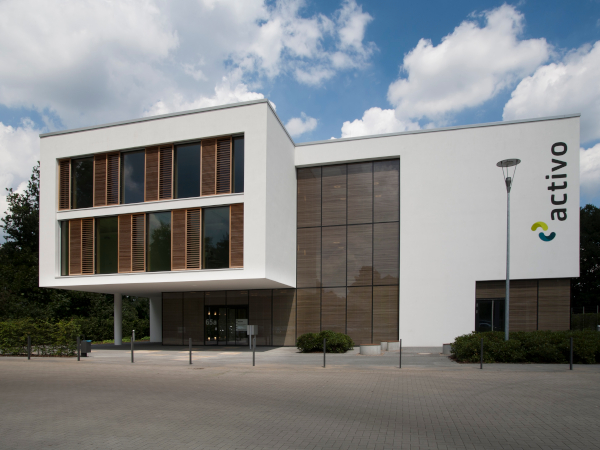
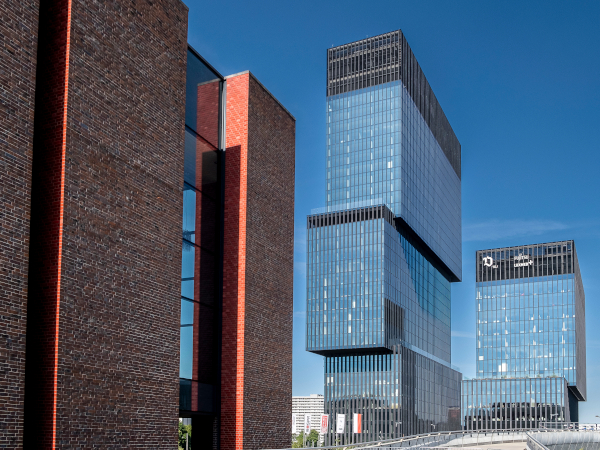
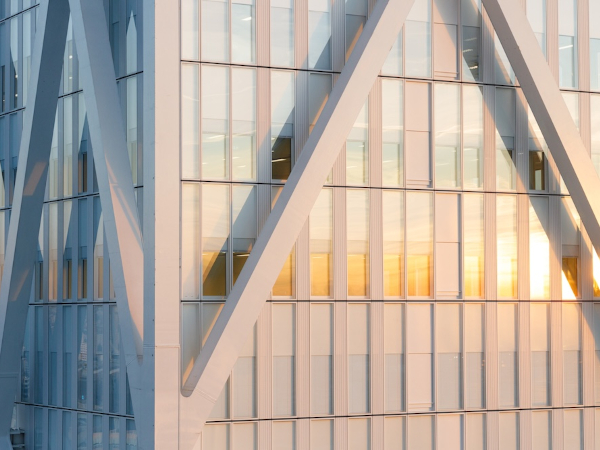
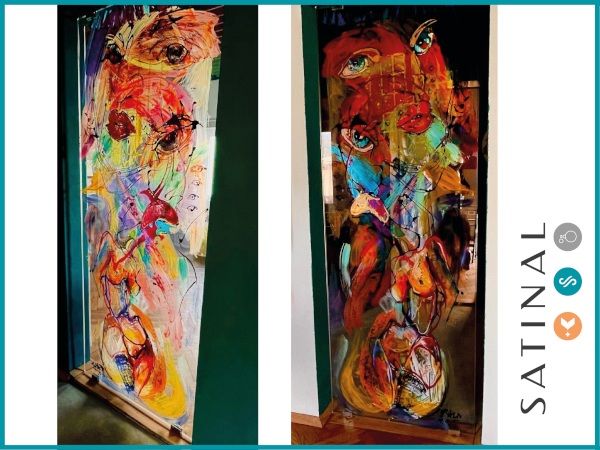


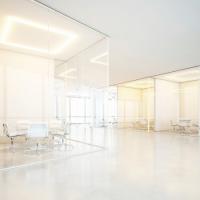

Add new comment